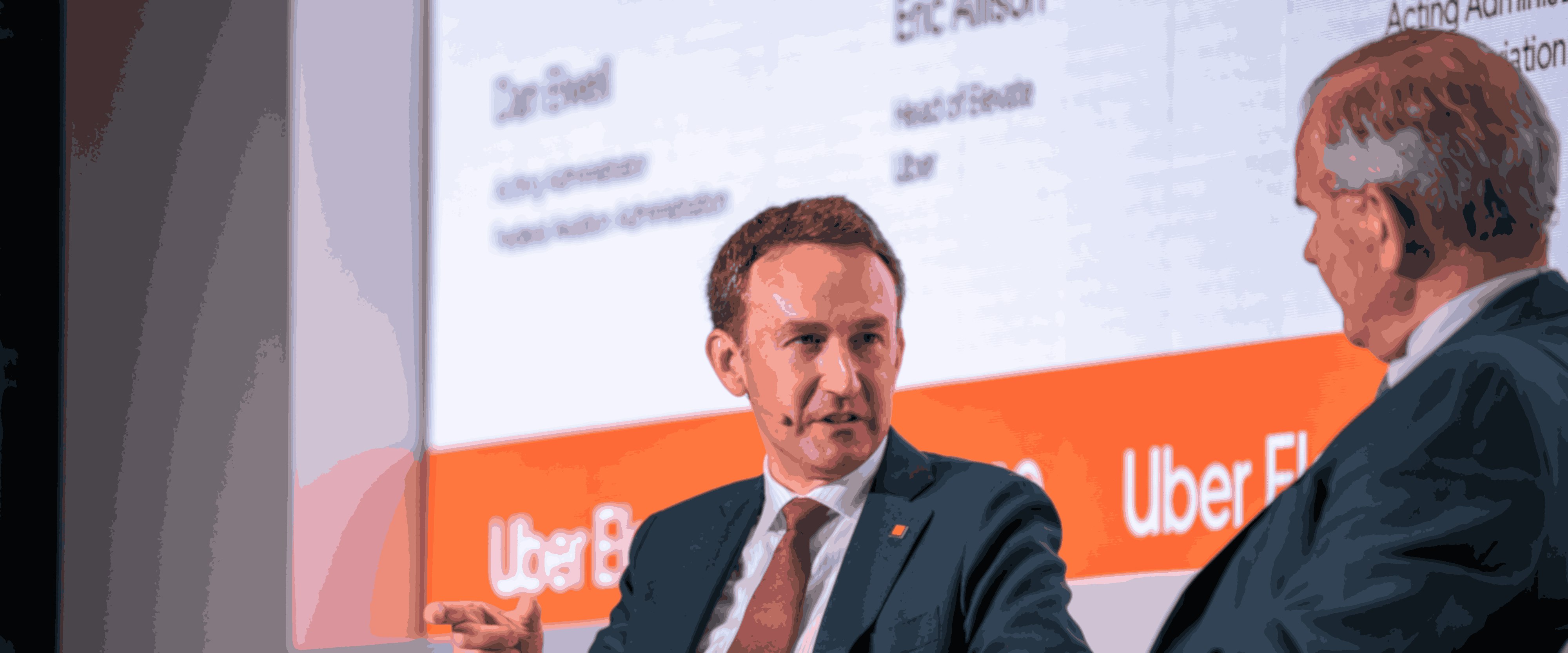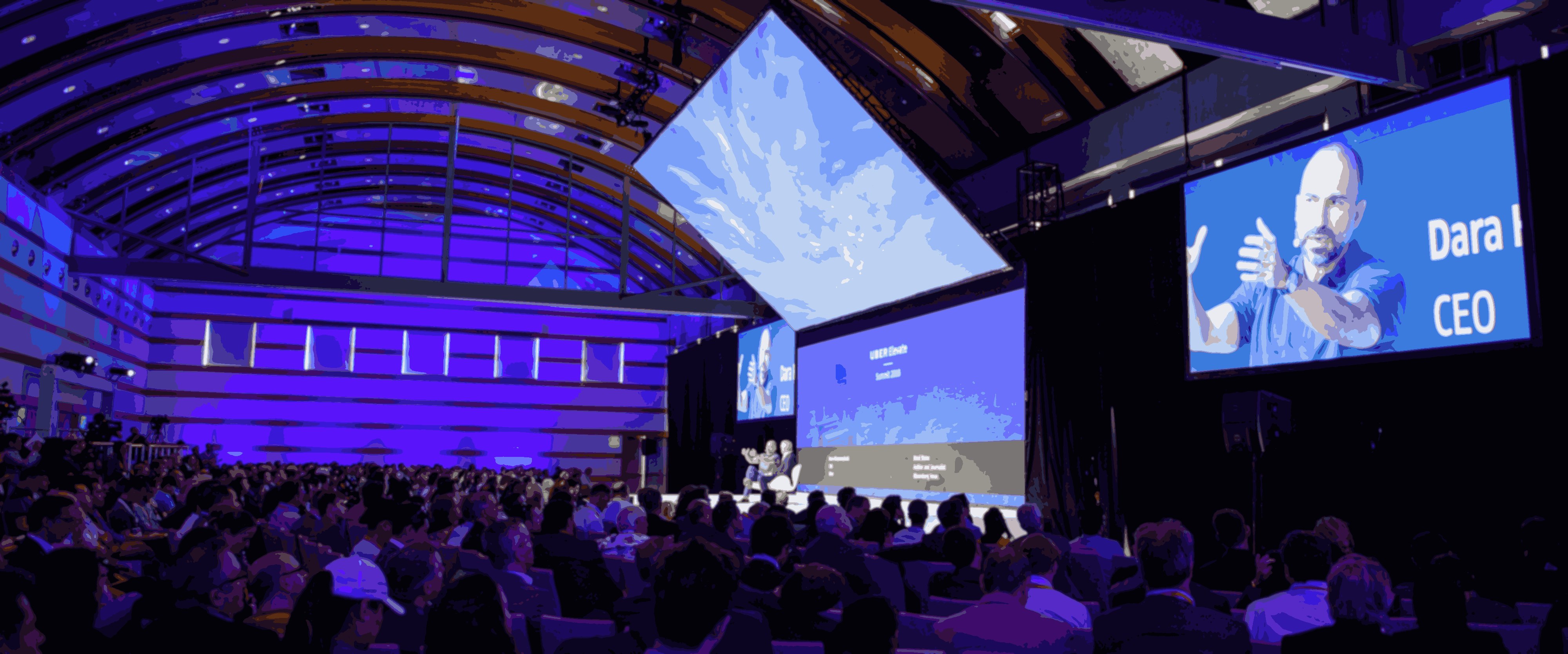We collect cookies. Read our privacy policy. Do you accept?
For more than 10 years, Dr. Eric Allison has been a leading voice in electric aviation. As the former CEO of Zee.Aero (now Wisk) and Head of Uber Elevate, Eric is uniquely positioned to understand both the aircraft design and go-to-market approaches being taken across the industry.
Now Head of Product at Joby, Eric is leading efforts to deliver a revolutionary mobility product as Joby prepares to launch its aerial ridesharing service.
I joined Uber to lead the Elevate division shortly after the mobility giant released its bold vision to bring aerial ridesharing to life. I had been on the founding team at Zee.Aero (now Wisk), led engineering there, and ultimately stepped into the CEO role — but the opportunity to help define this nascent market at Uber was one I couldn’t turn down.
At Elevate, we made the intentional decision not to take on the hard work of aircraft development and certification. Instead, we chose a product focus: how would our customers interact with this new form of aerial mobility, and how could it be woven into the broader mobility ecosystem? We laid out a vision of what kind of aircraft could be economically successful, and we partnered with the many aircraft teams that were working — often in stealth — to push forward the frontiers of electric aviation.
The team that stood out from day one was Joby Aviation. JoeBen had been working on eVTOL technology longer than almost anyone else and, even by that point, Joby had developed and flown full-scale prototype aircraft that proved out the low noise footprint and performance required to make this revolutionary form of transport a reality.
Eric and Dara Khosrowshahi, CEO of Uber, at the 2019 Elevate Summit.
We spent years courting Joby — I had lunch with JoeBen during my first week at Uber — and were excited when we eventually brought them into the Elevate program as a vehicle partner in late 2019.
As the dialogue deepened, we came to mutually appreciate the complementary nature of the two companies’ domain expertise. Joby had spent most of the past decade pioneering eVTOL aircraft — developing core engineering competencies and broad vertical integration — but was still in the early stages of its commercialization strategy. Elevate, on the other hand, represented industry-leading thinking and modeling on much of the go-to-market value chain.
For example:
- •We spent years studying the movement of people and their spending patterns to identify the optimal markets for an aerial ridesharing service, the best routes, and how to optimally price trips.
- •We built models, fed with increasing amounts of data, to identify ideal locations — down to the city block — for landing sites and began developing relationships to build out networks of skyports in the most promising markets.
- •We created a suite of software tools to coordinate the actual operations of an air mobility service, transmitting information between the rider, the aircraft, the skyport operations team, and the ground-based mobility provider servicing the first and last mile components of the multimodal journey.
Movement in the Los Angeles area during morning rush hour. Each gray bar represents people traveling to a location, while the blue bars show people leaving a location.
In 2019, the Elevate team put those tools to the test with the launch of Uber Copter: the world’s first seamless multimodal mobility product. Residents and visitors to New York City could be picked up by an Uber driver, taken to a heliport for a helicopter ride across the East River, and then picked up by another car to reach their final destination -- all orchestrated by just one tap on their phone.
Through Copter, the Elevate team learned countless important lessons about the ingredients necessary to bring urban air mobility to life in an efficient, customer-centric way that felt like magic to the rider.
As Joby began to see a clear path to certifying its eVTOL aircraft and widened its focus toward commercial launch, the pandemic forced Uber to make tough decisions regarding its big, bold bets on the future of mobility. With Joby’s industry-leading production prototype in flight testing and Elevate’s go-to-market expertise and multimodal toolkit, it was obvious to both parties that Joby and Elevate had complementary expertise — and that by joining together, we would have the greatest probability of bringing our mutual vision of aerial ridesharing to life.
Using the movement data shown above combined with demand modeling and other information, we’re able to algorithmically determine the best placement for a skyport given an existing network. In this image, the three orange cells represent existing skyports and the resulting heat map recommends where to add the fourth.
In late 2020, Joby agreed to acquire the Elevate division, while Uber more than doubled its strategic investment in Joby from $50 to $125 million. Since then, our partnership has continued to deepen, with the companies forging an agreement to integrate our respective services into each other’s apps, allowing Joby to access the powerful demand aggregation of Uber’s platform and deliver seamless multi-modal journeys for its customers.
Joby’s acquisition of Elevate has brought together the industry’s leaders in both aircraft development and go-to-market product launch — a potent combination that puts Joby in pole position to realize the mobility service potential of eVTOLs. As we work toward commercial launch in 2024 and operations at greater scale in the years that follow, the sky's the limit for Joby Aviation.



